Mold can be a silent intruder in your home, growing behind walls, under carpets, and in basements. Left unchecked, mold can cause serious health problems, including respiratory issues, allergies, and even asthma attacks. Recognizing the early signs of mold in your house is crucial for preventing extensive damage and costly mold remediation. In this article, we’ll explore the common warning signs that mold is lurking in your home and what you can do to address it.
1. Musty Odors in the House
One of the first and most noticeable signs of mold in a home is a persistent, musty odor. Even if you can’t see mold, its spores can release a distinctive smell that permeates the air. Mold thrives in dark, damp environments, so you may notice this odor in areas such as basements, bathrooms, or under sinks.
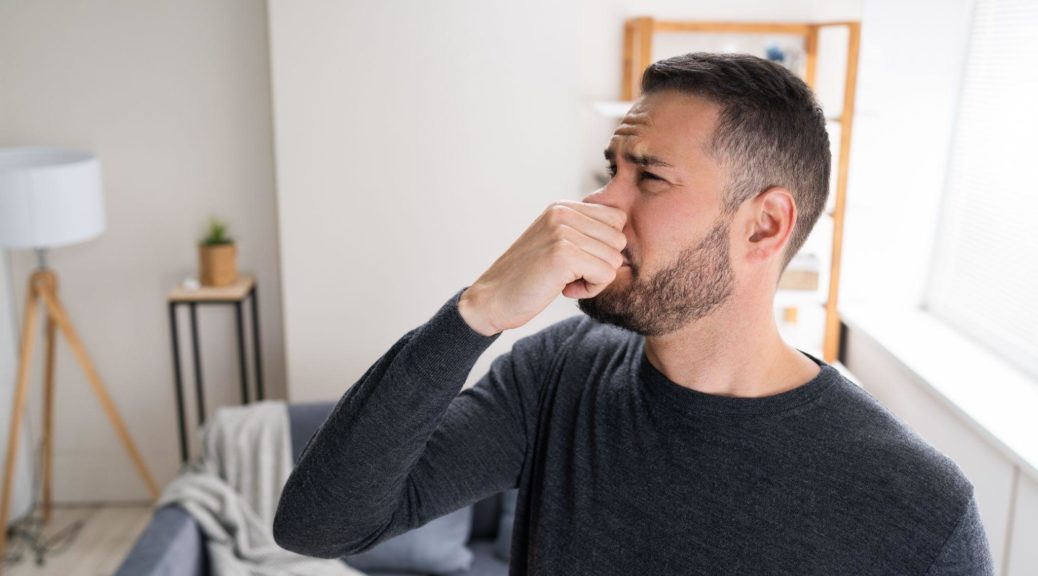
Why Does Mold Smell?
Mold produces microbial volatile organic compounds (MVOCs) as it grows, which is what causes the musty odor. The smell can vary depending on the type of mold, but it often resembles a damp, earthy scent, similar to rotting wood or wet socks.
If you notice this smell but can’t locate visible mold, it’s essential to investigate further, as mold could be growing behind walls, under floorboards, or in other hidden areas.
2. Visible Mold Growth
Perhaps the most obvious sign of mold is visible growth on walls, ceilings, floors, or other surfaces. Mold can appear in a variety of colors, including black, green, white, or even pink. It often starts as small spots or streaks but can quickly spread if left untreated.
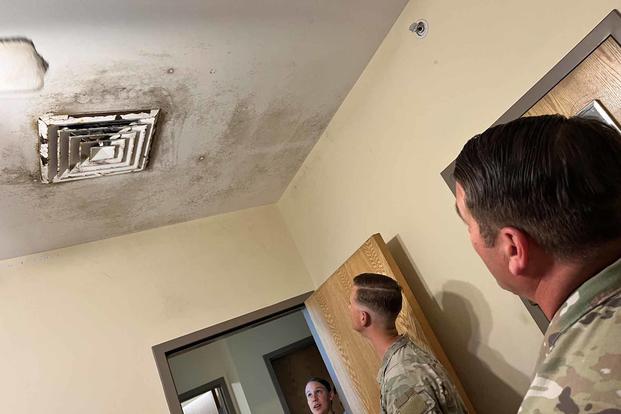
Where Does Mold Typically Grow?
- Bathrooms: Mold loves moist environments, making bathrooms a common place for mold growth, especially around showers, bathtubs, and sinks.
- Kitchens: The area under sinks or behind refrigerators can become mold hotspots due to leaks or condensation.
- Basements: Dark, damp basements are prime locations for mold, particularly if there’s poor ventilation or past flooding.
- Windowsills: Condensation on windows can create a moist environment where mold can grow, especially in humid climates.
It’s important to act quickly when you spot visible mold, as it can spread rapidly and compromise indoor air quality.
3. Water Stains and Damage
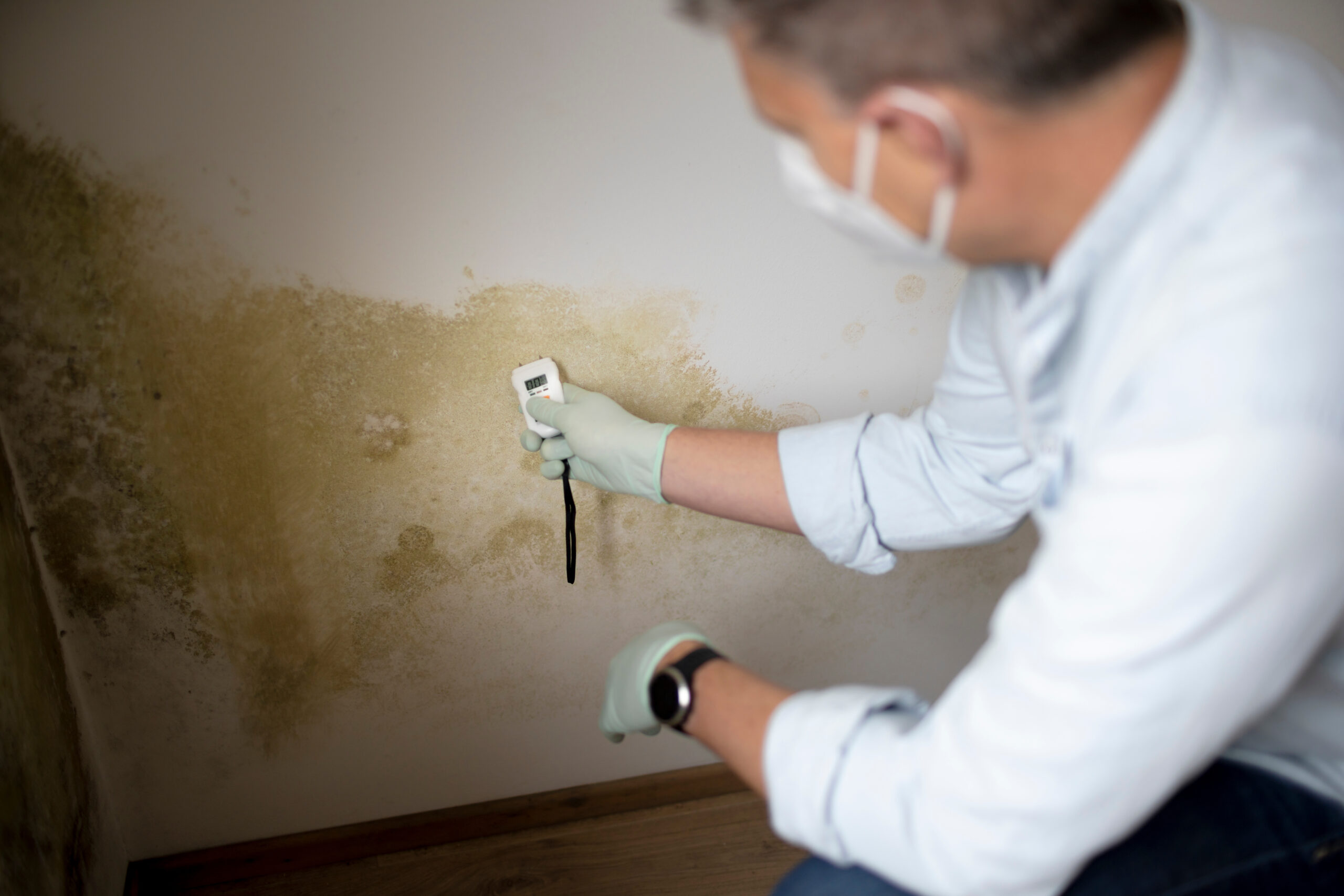
Water stains on ceilings or walls are a clear sign that there’s excess moisture in your home—a key factor in mold growth. Water damage from leaks, floods, or condensation can create the perfect breeding ground for mold to thrive.
Common Areas Where Water Damage Leads to Mold
- Ceilings: If your roof has a leak, you might notice discoloration or water stains on the ceiling, which can lead to mold growth if not addressed.
- Walls: Leaky pipes behind walls often lead to mold that you may not see until water stains appear or mold starts growing on the surface.
- Floors: Moisture trapped under carpets or flooring can cause mold to grow unnoticed for weeks or even months.
If you see water stains or notice any kind of water damage, it’s crucial to fix the source of the moisture immediately to prevent mold from taking hold.
4. Peeling Paint or Wallpaper
Peeling, bubbling, or cracking paint or wallpaper is a less obvious but important sign of moisture buildup, which often precedes mold growth. When moisture gets trapped behind paint or wallpaper, it creates an environment where mold can thrive.
Why Does Moisture Cause Paint to Peel?
Excess moisture weakens the bond between paint and the wall surface, causing it to peel, blister, or crack. This can indicate hidden mold growing behind the wall, especially in bathrooms, kitchens, or basements where humidity is high.
If you notice peeling paint or wallpaper, inspect the area closely for signs of mold or hire a professional to conduct a thorough inspection.
5. Allergy or Asthma Symptoms
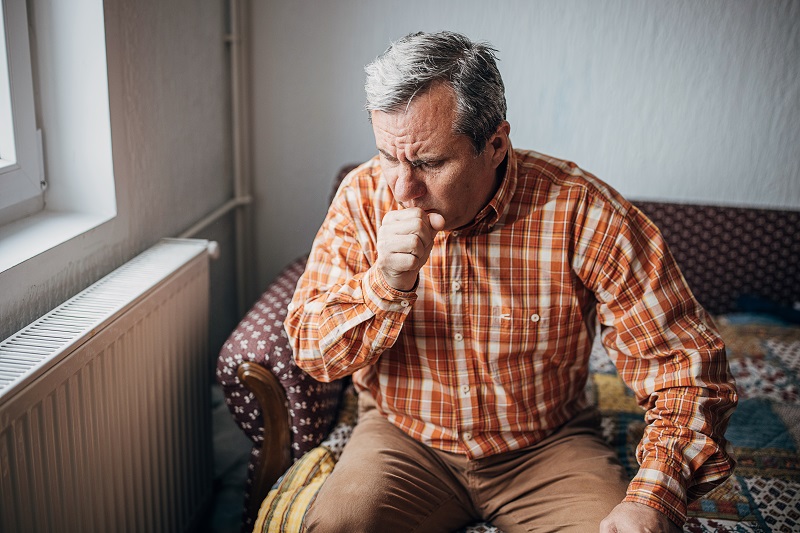
If you or your family members experience persistent allergy-like symptoms, mold may be to blame. Exposure to mold spores can trigger allergic reactions, particularly in individuals with asthma or respiratory sensitivities.
Common Symptoms of Mold Exposure
- Frequent sneezing or coughing
- Runny or stuffy nose
- Itchy or watery eyes
- Throat irritation
- Difficulty breathing, especially for asthma sufferers
If you notice that your symptoms worsen when you’re at home or in specific rooms, there’s a good chance mold is present. Even if you don’t see visible mold, its spores can circulate in the air and cause these health issues.
6. Condensation on Windows or Walls
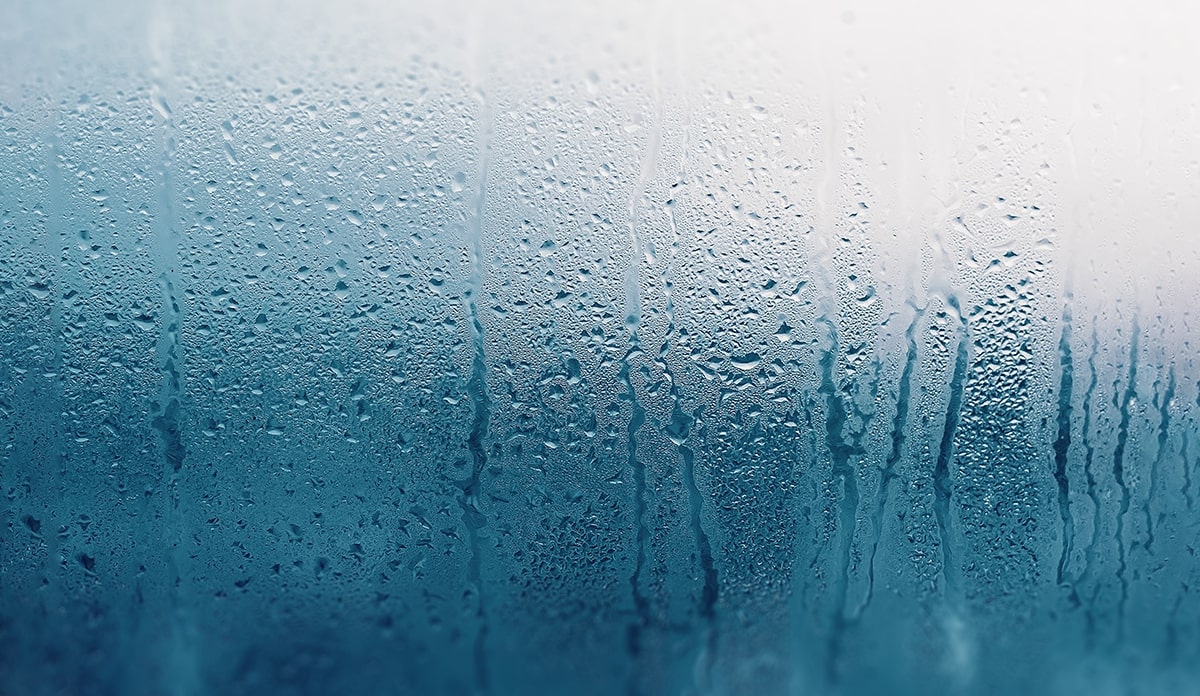
High humidity and condensation on windows or walls can lead to mold growth. When warm, humid air comes into contact with a cold surface (like windows), condensation forms, creating moisture that mold thrives on.
How to Prevent Condensation from Leading to Mold
- Use dehumidifiers in areas with high humidity, such as basements and bathrooms.
- Ensure proper ventilation, especially in moisture-prone areas like bathrooms and kitchens.
- Wipe down windows and walls regularly to prevent excess moisture from accumulating.
Addressing condensation quickly can prevent mold from taking root in your home, especially during colder months when windows are more prone to moisture buildup.
7. Recent Water Damage or Flooding
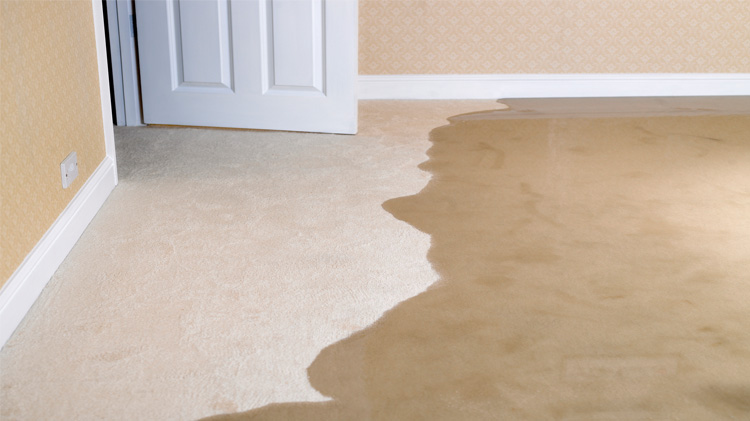
If your home has recently experienced water damage or flooding, it’s crucial to inspect for mold growth. Mold can start growing within 24 to 48 hours after water damage occurs, particularly in hidden areas like behind walls, under floors, or in basements.
How to Prevent Mold After Water Damage
- Dry out affected areas immediately using fans, dehumidifiers, and proper ventilation.
- Check for signs of mold behind walls and under floors, especially in areas that were flooded.
- Consider professional water damage restoration to ensure your home is properly dried and free of mold.
If you’ve recently experienced water damage and are concerned about mold, it’s best to call in professionals like Citywide Mold Mitigation to inspect and address any hidden mold before it becomes a bigger issue.
Early Detection Is Key to Preventing Mold Spread
Detecting mold early is essential for protecting both your home and your health. Whether it’s a musty odor, visible growth, or allergy symptoms, knowing the early signs of mold can help you act quickly and prevent costly damage. If you suspect mold in your home, it’s important to take action immediately to remove the mold and fix the underlying moisture problem.
For expert mold remediation services, contact Citywide Mold Mitigation at 844-552-0467. Our team can help you identify and eliminate mold from your home to keep your family safe and healthy.
FAQ
| Question | Answer |
|---|---|
| What does mold smell like in a house? | Mold often smells musty or earthy, similar to rotting wood or damp, stale air. If you notice this smell, mold may be growing in your home. |
| Can you have mold in your house and not see it? | Yes, mold can grow in hidden areas like behind walls or under floors. Musty odors, water damage, or health symptoms may be signs of hidden mold. |
| How do you get rid of mold in a house? | Mold remediation requires removing the mold and addressing the source of moisture. This may involve cleaning with specialized mold removal products, improving ventilation, and fixing leaks or water damage. Professional remediation is often recommended for larger infestations. |
| What health problems are caused by mold exposure? | Mold exposure can cause a variety of health issues, including respiratory problems, allergic reactions, asthma attacks, skin irritation, and in some cases, more severe symptoms like infections. |
| How quickly can mold grow after water damage? | Mold can start growing within 24 to 48 hours after water damage occurs. It’s important to dry out affected areas as soon as possible to prevent mold growth. |
If you’re concerned about mold in your home, don’t wait until it becomes a bigger issue. Contact Citywide Mold Mitigation at 844-552-0467 today to schedule a professional mold inspection and remediation service.

